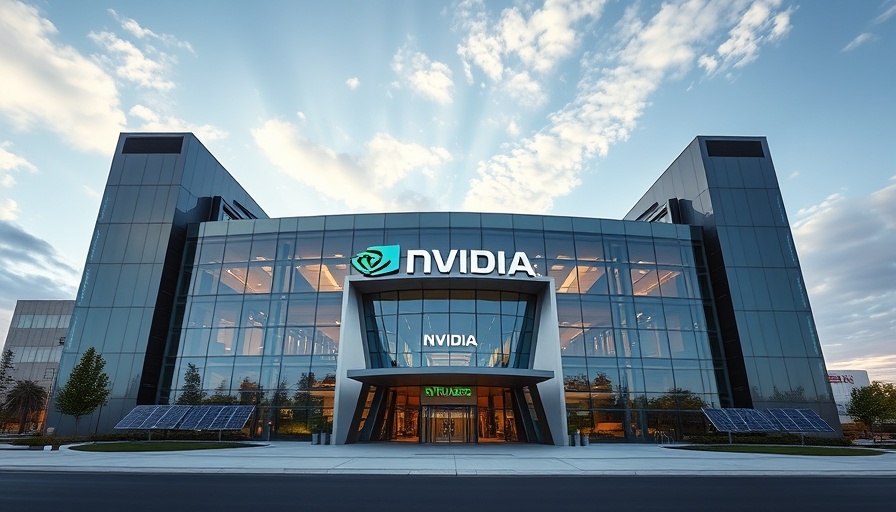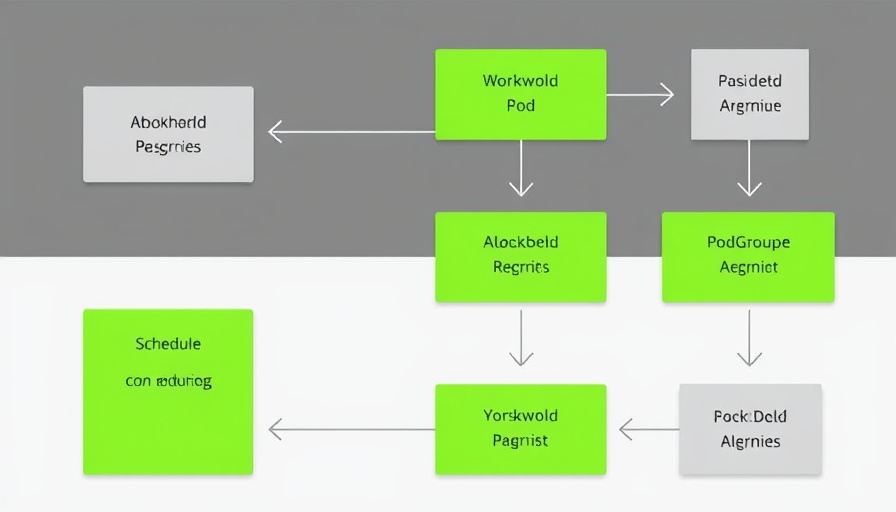
The Power of Embracing Failure in Innovation
Nvidia has emerged as a titan in the tech industry, largely attributed to its approach to research and development which embraces the concept of failing fast and learning quickly. This methodology has not only accelerated their innovation but has also set a benchmark for other technology companies investing in artificial intelligence (AI) and beyond.
Why Failing Fast is Key to Successful AI
The foundation of Nvidia’s success lies in a simple yet profound principle: failure is an integral part of the innovation process. Success does not come without encountering setbacks. For AI enthusiasts, understanding this can provide insight into why some projects thrive while others falter. With AI evolving at a breakneck pace, rapid iterations—though often unsuccessful—allow teams to pivot and adapt swiftly, honing their focus on what actually works.
Real-World Examples of Failure Leading to Success
Consider the development of AI technologies like generative algorithms and neural networks, which have seen significant breakthroughs after numerous trials. Companies like Google and Meta have also adopted similar strategies recently, investing heavily in research that allows for mistakes, fostering a culture of experimentation. By learning from their failures, these companies not only refine their technologies but also contribute to a broader understanding of AI applications across various fields.
Future Trends and Predictions in AI Research
Looking ahead, the embrace of failure is expected to shape emerging trends, especially in AI sectors dealing with unpredictability, such as autonomous systems and natural language processing. The understanding that every mistake contributes valuable data will result in more robust AI solutions. As companies prioritize rapid prototyping over perfection, AI is set to become even more integrated into daily life, enhancing user experiences across sectors.
Competitive Advantages of Learning from Failures
Fostering a mindset that values the lessons gleaned from failures allows organizations to unlock new opportunities. For Nvidia, the flexibility to evaluate results critically and make adjustments leads to advancements that keep them ahead of competitors. This approach not only solidifies their market leadership but also encourages innovation within their workforce.
The Impact on the Tech Community and Beyond
AI enthusiasts can draw lessons from Nvidia’s philosophy that permeate beyond tech. Embracing the idea that failure leads to growth can encourage startups and established companies alike to push boundaries. As this culture spreads, we can expect a renaissance of creativity and problem-solving across industries, fueling transformational advancements.
Your Takeaway: Embracing Failure
As the technology landscape evolves, embracing failure should be viewed as not just an option but a necessity for innovation. AI enthusiasts should adopt this mindset to approach new challenges and possibilities. By seeing failures as stepping stones rather than hindrances, the journey towards revolutionary advancements becomes clearer and more achievable.
 Add Row
Add Row  Add
Add 




 Add Row
Add Row  Add
Add 

Write A Comment